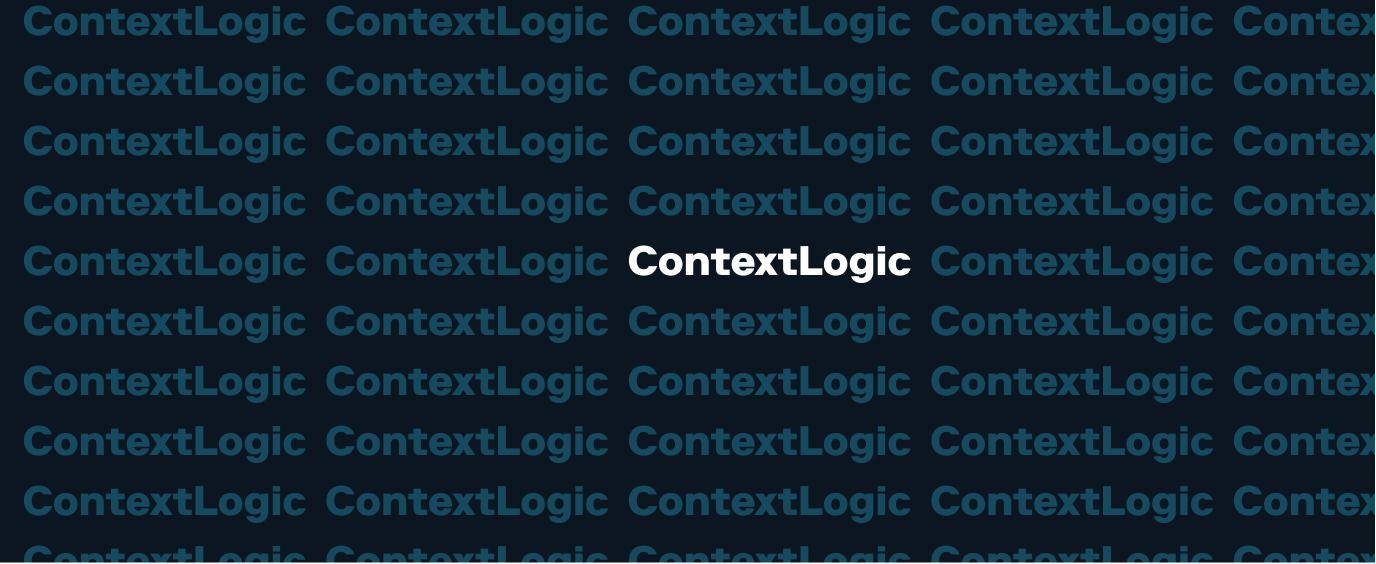Dec 18, 2020
Find Out More About ContextLogic’s IPO
The company operates the discount shopping site Wish.

The online shopping universe is filled with innovative competitors hoping to capture consumer spending, and ContextLogic is no exception.
Context, which operates the online shopping site Wish, went public on December 16, 2020, reportedly raising approximately $1 billion from the offering, which valued the company at $17 billion. Wish reportedly connects 500,000 merchants to 100 million customers around the world each month.
And its concept is novel: to serve less affluent consumers, by giving them online access to non-name-brand goods with discounts up to 80% to 90%. It’s something of an anti-Amazon strategy, as the digital commerce giant typically provides its deepest discounts and free shipping for consumers who can afford the annual $129 a year for a Prime membership.
With this in mind, Wish tends to focus on geographic areas of the U.S. where income disparity is the greatest, according to research from venture capital firm Goodwater Capital*. Those areas include the Southeast, as well as states such New York and California, homes to Wall Street and Silicon Valley, respectively.
Here are some other details about Wish, from Goodwater:
- Wish focuses on consumers with income less than $50,000 annually.
- According to a recent survey of Wish customers, 75% prioritize the price of an item over brand and delivery time. Additionally, 95% of the survey participants who shop on Wish said they find items on Wish to be at a discount to branded alternatives.
- The average order size for a wish customer is $22 to $25
- The site’s most popular items are electronics and apparel.
The e-commerce world is dominated by multi-billion dollar companies including Amazon, which controls nearly 40% of online sales, and increasingly by traditional brick-and-mortar companies such as Walmart and Target, which also focus on discount-oriented consumers in search of low-cost products.
You can find out more about Wish here.
More About IPOs
Following an IPO, a new stock can be subject to significant increases or decreases in market price. That’s known as volatility. Stock volatility can be particularly high in the first few months following an IPO and as a result, so can the potential for short-term losses. If you’re in this stock for the long haul though, it could be an opportunity for dollar cost averaging.
Oftentimes, fluctuations in price are due to the expiration of something called a lockup period—this is when company insiders, such as employees, sign an agreement that prohibits them from selling shares for a specified period of time.
When lockup periods expire, insiders tend to sell their stock in order to realize profit, sometimes causing the stock price to fall, or experience large changes in price in the process.
You can find out more about the lockup period and other information about ContextLogic by looking at its prospectus, a publicly available document on the Securities and Exchange Commission’s website EDGAR.
Remember the Stash Way—invest for the long-term, invest regularly, and don’t put all of your eggs in one basket.
*The venture capital company Goodwater is an investor in Stash.











